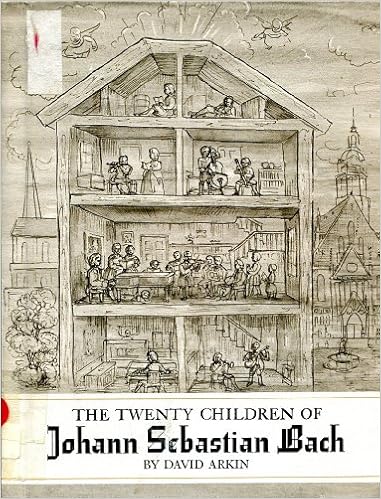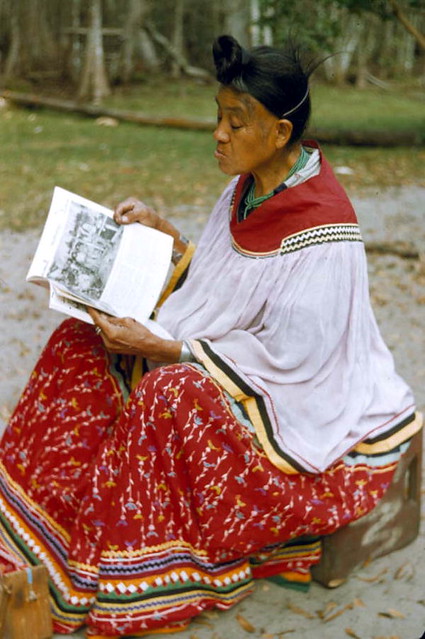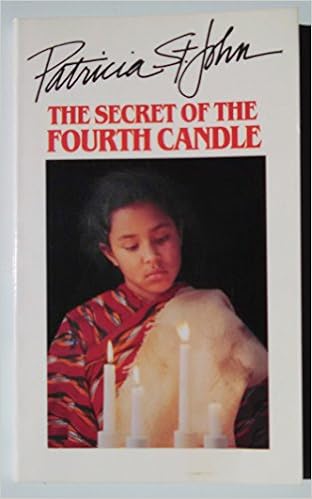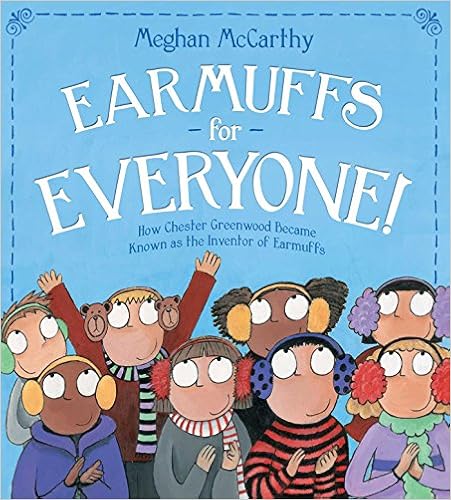A Dutch Christmas on St. Nicholas Day from Mary Mapes Dodge: Jolly Girl by Miriam E. Mason, one of the many volumes in the Childhood of Famous Americans series:
“First they all sang several songs. Then somebody told the story of the first trip good Saint Nicholas made across the ocean from Holland.
Finally, there was the sound of bells outside, then a tramping of feet. In a minute in came good Saint Nicholas, dressed in a bright red suit. He was carrying and enormous bag over his shoulder. A small boy followed him.
‘See, there is the little kabouter manikin behind him to help him with the presents,’ Sophie whispered excitedly. She exclaimed to her sisters: ‘The kabouter is the dwarf who goes about helping needy people.’
Saint Nicholas came to the front of the room. In a loud voice he asked if the children had all been good.
‘Yes, Saint Nicholas,’ they all answered.
‘Have you obeyed your parents and done your share of the work without complaining?’
‘Yes, Saint Nicholas.’
‘Have you been polite in church and not smiled or gone to sleep while the preacher was talking? Have you listened to him?’
‘Yes, Saint Nicholas.’
‘Have you been mannerly at table and not wasted your food?’
‘Yes, Saint Nicholas.’
‘Have you been rude to your elders, cruel to your pets, or lazy about rising in the morning?’
‘No, Saint Nicholas.’
‘Very well, then, I shall see what is in my treasure each of you. Come forward as I call your name.'”
Mary Mapes Dodge was the well-known author of many stories for children, including the famous classic Hans Brinker, or the Silver Skates, which was featured in a previous “Literary Christmas Through the Ages” post, Christmas in Amsterdam, Holland, 1853. The biography, Mary Mapes Dodge: Jolly Girl tells the story of Mary’s childhood as she grew up among many friends of Dutch heritage in old New York City.







